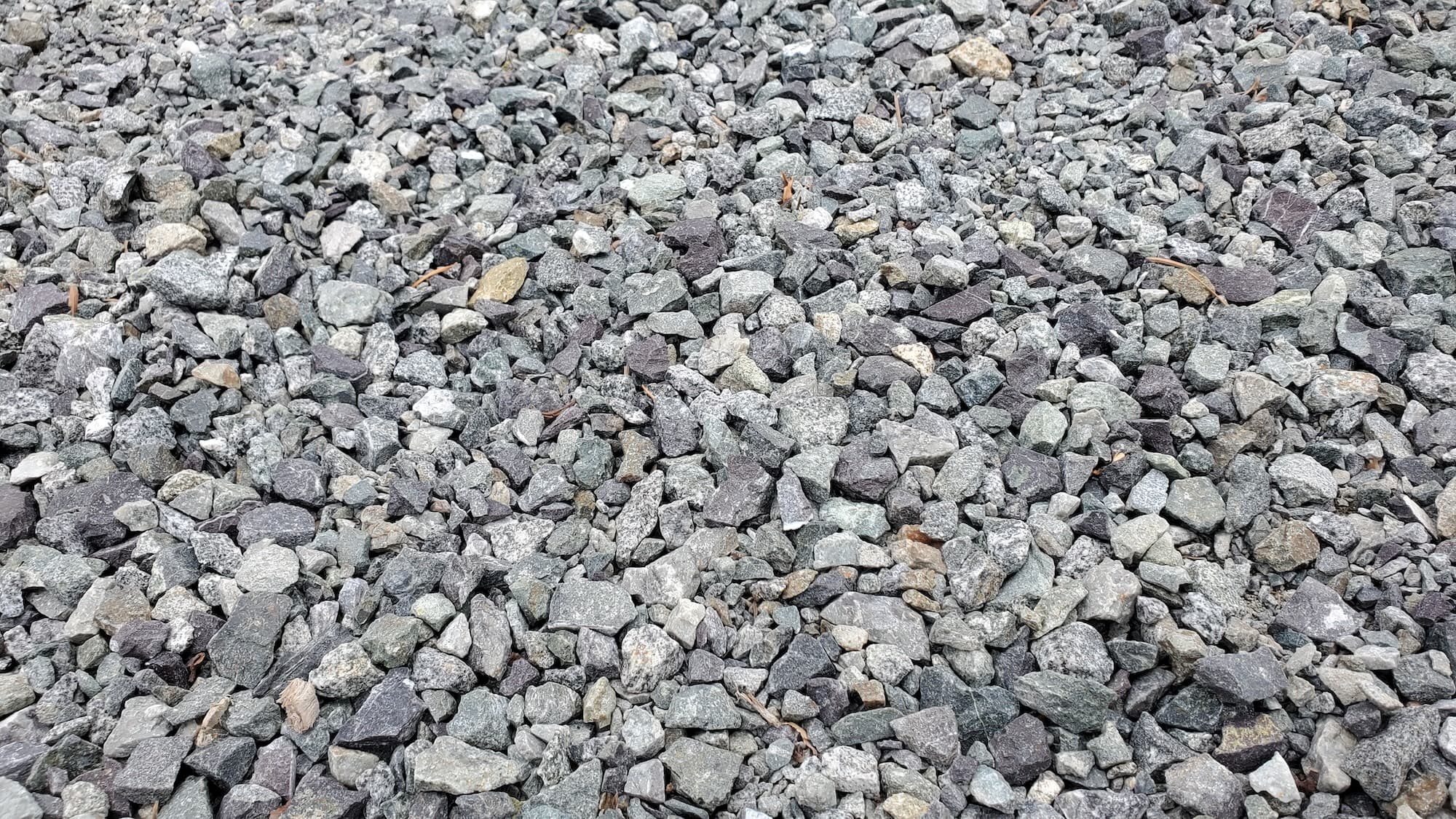West Seattle Driveway Gravel Repair Service
Homeowner’s Issue
West Seattle yards face heavy winter rain, patchy sun, and steep micro-slopes that concentrate runoff. Many driveways here were installed on clayey fill or compacted glacial soils that shed water poorly, then collect ruts and puddles by late fall. North‑facing lots and shaded corners—common on the hill above Alki and near Lincoln Park—get moss and compaction more than sun‑baked gravel. Conversely, exposed drives on Fauntleroy’s ridge can lose fines and develop washouts in heavy storms.
HOAs and curb appeal matter here: uneven gravel blows or spills into planting strips and sidewalks, drawing complaints or fines. Narrow streets and tight access in older West Seattle blocks limit truck placement and call for smaller loads and staged haul‑in. Weed pressure is mostly seasonal—crabgrass and annuals push in spring, perennial bindweed and ivy climb shaded edges—so a single fix in winter won’t be enough without follow‑up. Seattle’s occasional summer water use advisories make mechanical settling and proper grading important; the right compaction and permeable profile reduce the need for watering and avoid hardscaping that increases runoff. We use only sustainable, non‑chemical methods: manual weeding, recycled gravel, geotextile fabric, and rain‑wise drainage tweaks to keep your driveway stable and low‑maintenance.
Our Quality Service
We repair and restore gravel drives the practical way: diagnose, remove bad material, re‑grade, add appropriate aggregate, compact, and finish with edge restraint. We run plate compactors, hand rakes, wheelbarrows, and small loaders when tight access allows. Typical jobs finish in one day for small residential drives; larger or drainage‑heavy jobs may take 1–3 days.
Local insight we apply:
- Match gravel size and fines to West Seattle’s rainfall and slope‑length to avoid washout.
- Use geotextile fabric where base failure is present to separate soil from aggregate.
- Install subtle grade changes or a shallow French drain to redirect concentrated flows.
- Schedule most work late spring through early fall to get good compaction and drying.
Benefits: safer, smoother surface; improved curb appeal; less washout and reduced weed re‑establishment; lower follow‑up chores. We avoid herbicides—only hand/organic methods and physical barriers.
What’s Included
- Onsite assessment and digital photos outlining problem zones.
- Removal and haul‑away of deeply contaminated or clay‑bound gravel.
- New gravel spread and mechanical compaction to agreed profile.
- Edge restraint repair or new edging to keep material contained.
- Manual weed removal and application of geotextile fabric where needed.
- Cleanup and haul‑off of debris (green‑bin or dump, client preference).
Options / Upgrades
- Recycled or crushed‑rock aggregates (match to existing look).
- Decorative topcoat gravel (visual upgrade).
- Enhanced drainage: French drain, shallow swale, or catchbasin.
- Ongoing tune‑ups: seasonal raking and spot top‑ups.
- Haul options: full dump fees included in estimate, or green‑bin sorting if requested.
Before & After / Expectations
Expect some noise from compactors and light hauling during the job. Tight driveways may require staged work and parking coordination; we’ll flag any need for permits or street‑use considerations. A typical single‑car drive repair: prep in the morning, install and compact midday, finish and clean in the afternoon.
Mess and debris: we remove old gravel and soil; small amounts of dust and stone tracking are normal and cleaned at job end. Aftercare: avoid turning heavy vehicles on fresh compacted areas for 48–72 hours if possible. In West Seattle, watch for spring germination—plan a follow‑up hand‑weed in April–May. In shady patches expect moss and ivy pressure; control by improving light, tightening edges, and repeating hand removal rather than chemicals.
FAQs
Q: When’s the best time to do this work?
A: Late spring through early fall for best drying and compaction. Avoid the wettest months unless drainage fixes are urgent.Q: Do you use herbicides?
A: No. We use hand removal, fabric, and mulch/edging. Sustainable, non‑chemical methods only.Q: How long before the driveway is usable?
A: Generally same day for light use; leave heavy loads off for 48–72 hours when possible.Q: Can you work on steep or narrow West Seattle lots?
A: Yes. We plan access, use smaller equipment if required, and stage material delivery to fit streets and parking limits.Q: Will this stop weeds forever?
A: No single treatment will. Good base prep and fabric greatly reduce weeds, but seasonal hand maintenance is recommended.
Call to Action
Ready to stop the ruts and the runoff? We schedule fast for West Seattle homes and offer free photo estimates or onsite quotes. Practical fixes, sustainable methods, and neighborhood experience from Alki to the higher slopes near Lincoln Park.
Email neatandtidyseattle@gmail.com to get started or to set an onsite estimate. Phone: 206-538-9344.










